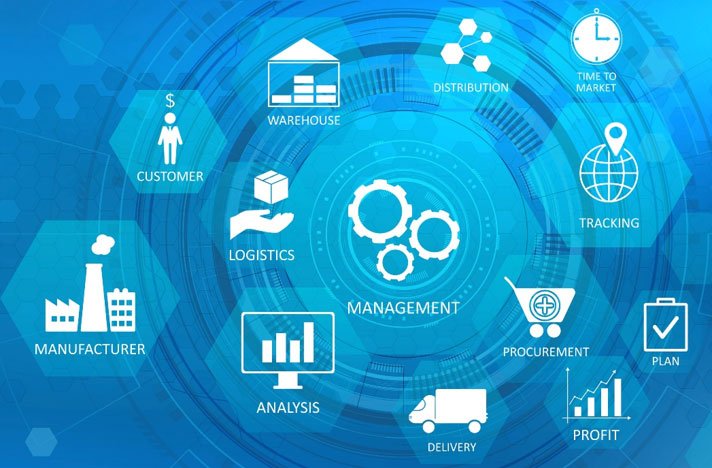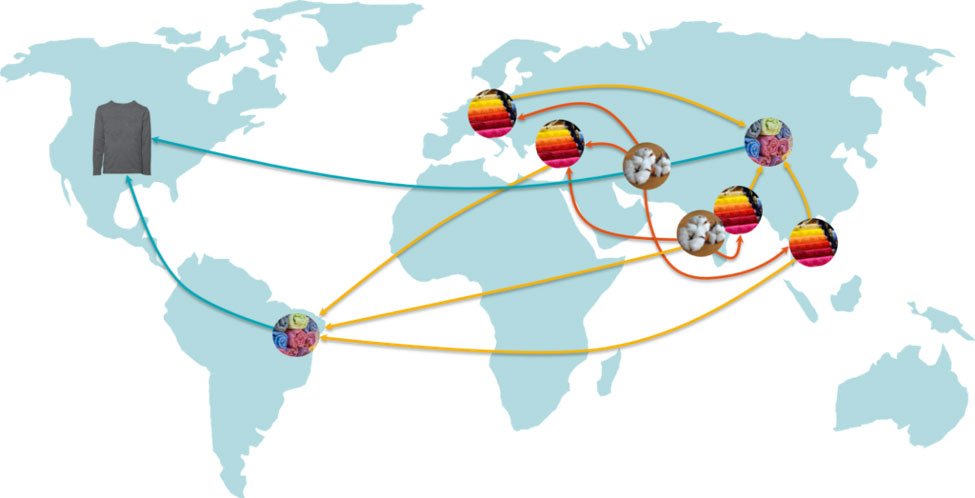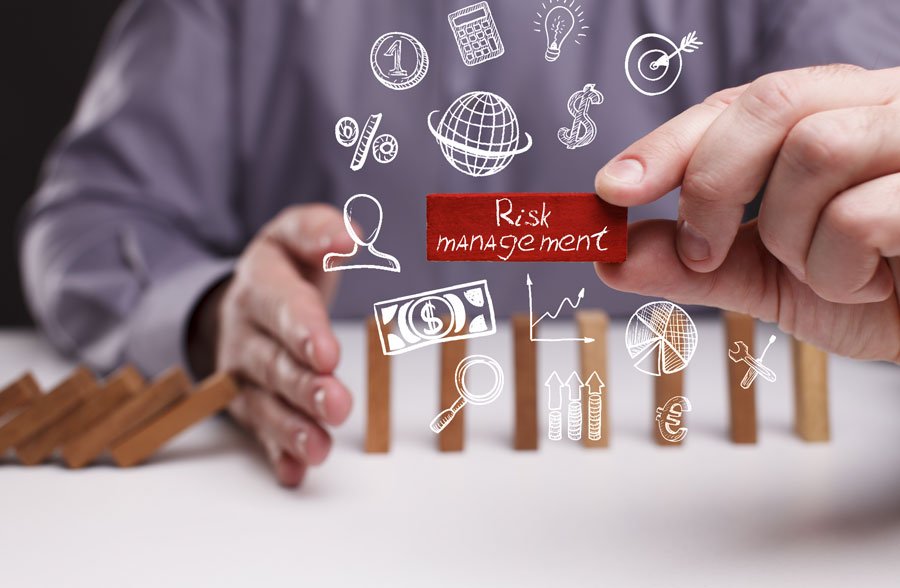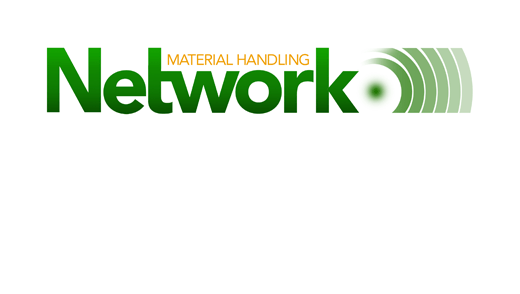Published March 24, 2020
INTRODUCTION
Developing and publishing a Risk Management article during a severe global pandemic may be considered “Monday morning quarterbacking,” since much of this may seem obvious and sensible business planning. But this current timeframe is indeed the best time for all companies to start planning a stronger Risk Management strategy and program, especially since this “new world” of globalization and active social and cultural interaction assures us that disruptive events are more common than ever. Further, we are learning more daily about the real-time risks, far more than planning exercises can model.
Natural disasters are, of course, not new. However, serious medical and health events are certainly more commonplace in the 21st century, and climate changes have been blamed for more frequent and severe tsunamis, hurricanes, earthquakes, forest fires, droughts and other similar disasters. Each of these events has disrupted supply chains and-like the current pandemic-have made shortages of essential products and materials more evident.
It is hard to believe that the severe earthquake and tsunami that hit Japan occurred nine years ago in 2011. A reasonable question may be asked about how this terrible disaster-which disrupted supply chains centered in Japan but not limited to that country-affected companies in terms of their supply chains. Were they strengthened? Were they made more resilient?
This article provides some guidance to Chief Supply Chain Officers (CSCOs) for pushing their senior management teams to start strengthening their companies’ Risk Management programs NOW. Global supply chains especially require lengthy time periods to transform; nor are domestic chains readily modified for resilience. In fact, the new world has reignited the military term “VUCA” to describe current conditions in all facets of business and life:
- V = Volatility
- U = Uncertainty
- C = Complexity
- A = Ambiguity
Just focusing on one of the major factors above-complexity-points out the VUCA reality. For example, complexity has certainly evolved in most supply chains. Engaging multiple tiers of 1, 2 and 3 suppliers and trading partners has complicated the flows of goods, even as e-commerce has demanded faster and more responsive businesses. We are publishing further descriptions of VUCA, led by our CEO Jim Tompkins. Please refer to those for more detailed discussions of how this acronym and its important meanings are impacting companies and managers.
This article addresses four major categories where action is warranted. Each company CSCO-whether with a retailer, distributor, seller or producer-will need to customize the transformations and strengthen them to their unique operations in size, volume, product categories and markets; however, the guidelines are based upon best practice principles that leaders in Risk Management have developed and stress-tested.
ACHIEVE VISIBILITY AND TRANSPARENCY
Supply chain managers have been seeking end-to-end (E2E) real-time visibility since the beginning of supply chain management. Being able to view your products, components and/or materials-from your supplier’s suppliers to your customer’s customers-has always been interesting; now, it is imperative. The complexities created by multiple suppliers and trading partners, as mentioned earlier, makes real-time visibility and tracking and tracing all that more important. Creating a risk index for each critical part or component requires you to have the near real-time view. Risk assessments also require knowledge of where products and materials are sourced, from whom, and where they are in the chain, in-transit or being stocked somewhere.
Certain software systems today have this capability, connecting trading partners and tracking or tracing your items. Specialized tools exist today that enable rapid data connections across the E2E supply chain. These establish the capability for near real-time collaboration.
Therefore, why do many companies still lack this near real-time transparency? To some, it includes a cost that has been avoided; to others, it has been a lack of resources to work with trading partners to synchronize their flows of goods. And some others have simply not presented the business case in compelling enough terms to gain executive approval to invest in visibility and/or transparency.
Hopefully, the current global crisis will raise the priority for acquiring or subscribing to this technology to critical. Supply chain disruptions create severe issues that E2E visibility will help resolve, by identifying the bottlenecks, the timing and the needs for changing freight flows in a dynamic manner-not just moving goods from sea to air, for example, but also from port to port or from origin to destination. Additionally, E2E visibility provides more accurate estimates of carrier timing and actual volumes being carried, both of which are essential knowns in Risk Management plans and execution.
Visibility also helps in identifying what items are sourced or stored from where, and thus will require relocation, either to avoid critical “hot-spots” or to satisfy an emergency need. A localized crisis in any one country can, as we have learned, rapidly impact other countries. CSCOs need to know what, where, how much, when and who can help them reposition inventories.
Most businesses cannot relate with any accuracy what exactly is owned, on order, under management, influenced or where it is all located in their complex supply chains and those of their trading partners. This detailed knowledge becomes even more highly valuable in times of crisis.

Figure 1: E2E Visibility
Tompkins International (Tompkins) can help you identify your needs for global supply chain visibility; define your business requirements; develop the business case; develop an RFI for the right system suppliers; evaluate the top 1-2 candidates; and implement the best solution with the necessary business process changes to maximize its use and payback. The payback from improved global transparency is no more evident than in times of crisis, but it has achieved significant business value even in normal economic times.
REEVALUATE THE SUPPLY BASE
Since the 90s, most companies have globalized their production and sourcing by seeking lower delivered costs, often solely for cost competitive reasons. In a capitalistic society, capital will mostly find its highest investment channel; thus, it is not surprising that outsourcing or relocating production capacity to China and other countries has been driven by total delivered costs-i.e., the lowest cost to source and produce products or components.
Further, capital will find alternatives that have higher ROI than supply chains of products. This has been the situation in most of the 21st century, as the stock market, real estate and other investment opportunities have been viewed as providing higher returns than the margins created by producing and selling many products.
With this large-scale globalization of sourcing, there have been severe risks. Most every product company relies on a network of suppliers-and their suppliers-to make, consolidate and ship, primarily by ocean carriers, to U.S.-based companies or operations for product assembly and/or distribution to end customers and/or their consumers. This strategic sourcing practice, with its operational challenges, has complicated the E2E supply chain we once valued, and sometimes mapped, i.e.:
“FROM SUPPLIERS’ SUPPLIERS TO CUSTOMERS’ CUSTOMERS”
The lead times for these global supply chains to create supplies and products and position them for distribution are measured in months-up to 12 for some, and at least four months for most. In addition to the lead time challenges, there are supplier risks in each stage-not only external, but also within each trading partner. Labor force issues, management errors, parts or supply shortages, data inaccuracies and human errors are the most common.
The new Risk Management strategy will call for supplier risk assessments, to start. For those companies that have ignored this practice-other than to push suppliers for lower costs and faster speeds (especially in the case of fashion items) or to adhere to sustainable practices-the risks must be identified and updated.
Often these assessments will result in technical assistance, coaching, sharing and teaching of current suppliers. But, all too often the realization will highlight the need for alternative sources. Many of the supply problems today-whether during a pandemic or not-occur because the company did not establish alternative suppliers. Single source suppliers have created more supply issues than perhaps any other sourcing problems. And, for Risk Management, it is a critical success factor.
Supply-based risk assessments can often be conducted remotely. The primary need is to identify the major risk factors for your business and prioritize them based on known operations, best practice gaps and sourcing expertise. Focused interviews with those doing your buying, consolidating, shipping, handling, customs and logistics very often yield enough insights to evaluate risks.

Figure 2: Supply Base
Tompkins has experience in strategic sourcing and supply base strategies. We can help you in identifying supplier risk assessment indicators, coaching your buyers and determining how to activate the assessments. We have partner firms for identifying alternative sources and helping with setting them up as needed. The supplier risk assessment will contribute significantly to this process and solution, as will your experiences with the current and past supply chain disruptions.
RETHINK THE DEMAND PLANNING PROCESS
The supply of products to be sold-in theory at least-starts with estimates of demand. Most often defined and referred to as sales forecasting, although demand need not be estimated only for the near term, or when products can be positioned for sale. The companies that are best at balancing supply and demand are those with strong, regimented and disciplined management processes for Sales and Operations Planning (S&OP). The best practice process produces forecasts with the least error rates and supply orders that match their volumes, timing and inventory deployments.
What a crisis points out-and clearly is during the current one-are three primary risk factors:
- The sales forecasts were wrong in significant degrees-either too high or too low
- The demand forecasts did not consider the risks, whether caused by a crisis or some other disruption
- The demand forecasts only dealt with anticipated base sales by normal customers and products during normal times
Of course, there are uncertainties always present in estimating future demand. Risks are present in all categories of uncertainty-whether from competitive actions or disruptions, residual occurrences such as regulatory changes or a new technology. Many companies have adopted scenario planning to evaluate alternative futures, but a range of possible outcomes is always present, let alone the difficulties of designing the right scenarios. The closest awareness of reality about future demand are the demographics of the current customers and when and what they might purchase.
The current customers, however, have complicated even this “known variable.” The growth in online shopping is changing all the time, as customer behaviors vary by available channels, brands, companies or marketplaces. More and more, customers are changing from company loyalties (what to buy at their favorite stores) to brand loyalties (what to buy from wherever it is available). We are entering into an era of true ambiguity as far as demand planning is concerned.
The current crisis, of course, has disrupted most every company’s demand forecast. Few were able to change their demand-supply situations so quickly, much less estimate the massive dislocations-for excesses, shortages, gaps, repositioning or categorical dislocations.
Robust Risk Management for the demand side requires new strategies for customer collaboration, gaining more realistic forecasts for base demand and faster market intelligence for the ability to react faster to not only inaccuracies, but also disruptions. Just as risk assessments should be made in the supply base, they should also be made in demand planning. While it is unrealistic to expect demand planners to have forecasted the massive dislocations in the current crisis, it is possible to use advanced Risk Management methods to allow for demand shifts in the future.
Determining final customer demand is challenging even in normal times. For Risk Management, this process-as with the supply base-becomes even more important. The massive dislocations during the current crisis provide enormous evidence of the risks in demand that come with disruptions.
The demand risk evidence is present in almost every industry segment:
- Medical Products and Supplies
- Health Care Equipment
- Foods and Beverages
- Production Materials for Critical Items
- Home Furnishings
- Consumer Electronics
- Footwear and Apparel
And several others can be assessed. It can be argued, of course, that the severity of this pandemic was not realized until too late to accommodate the massive shifts in demand; however, it can also be argued that had adequate Risk Management programs been in place and activated early, many of the shortages, stock-outs, dislocations and other catastrophes could have been lessened.

Figure 3: Demand Planning
Tompkins has broad and deep experience in demand planning, both in designing demand and forecasting strategies and in improving the process itself. We have helped companies in the product categories mentioned above by refining the S&OP process, enhancing the forecasting methods and tools and contributing to scenario planning that goes beyond forecasting base demand. The rapid growth of e-commerce has resulted in many companies and CSCOs engaging us to help them in adjusting to the new customer behaviors.
COMMUNICATE, ACTIVATE AND MONITOR YOUR RISK MANAGEMENT PROGRAM
Often companies develop Risk Management plans but get “stuck” in implementing them. We sometimes find that good plans may exist, but due to other priorities, capital shortages or too many operational challenges, the issue of activating risk is left unsolved or postponed. In other cases, a “risk manager” may have been assigned, but they too are concerned with other priorities or limited by financial approvals.
The severity of the current crisis should be highlighting once and for all the severe implications of not managing the risks. These risks are being illustrated in human, societal, resources, financial and the overall terms of business continuity. Risk mitigation has become essential, yet those with plans “on the shelf” or non-existent are in modes of operational desperation.
The business case for improved Risk Management plans and execution should be made now without the normal challenges. Businesses are paying the price of not planning the “what-ifs” that should have been modeled in scenario plans, and the lack of effective operational mitigations.
The absolute need now, as operations struggle with minimizing the impacts, is to develop improved Risk Management plans, get them implemented in the near future and monitor them daily.
Activation of the new and improved Risk Management plans will require coaching, training, simulations and other means to get them into place and executed. Simulated exercises are needed to figure out who needs to do “what, when, how and where, and with whom” as soon as a risk event looks like it MAY occur.
The monitoring of the plans will require new metrics likely not in place because the good economic times of growth have demanded metrics on sales, margins, costs and market share, as well as the relentless minimization of capital, cost, time and resources. The new metrics will need to focus also on the early warnings, inaccuracies, market intelligence and customer collaboration. This is in addition to the necessary laser-focus on preparedness.
Tompkins has experience with implementing-as well as developing-Risk Management plans and monitoring their effectiveness and preparedness. We can help CSCOs with their planning, execution and monitoring. Those supply chains that are most resilient will be better equipped to deal with disruptions; however, those supply chain managers with effective risk plans, ready to go with mitigations early, and with continuity will best survive and operate at times of crisis.
CONCLUSION
This article has addressed the urgent need for CSCOs at all companies to develop and/or improve their Risk Management programs NOW, as real-time crisis and their mitigation efforts are being experienced and implemented ASAP. Those companies which are unprepared will suffer the most as they experiment with trial and error responses without an adequate plan.
Tompkins can help with your Risk Management plans NOW. As we are designing new plans together, this process will help you with identifying mitigations that should currently be in place and operating.
Contact us today at www.tompkinsinc.com to discuss how we can help you with Risk Management.



